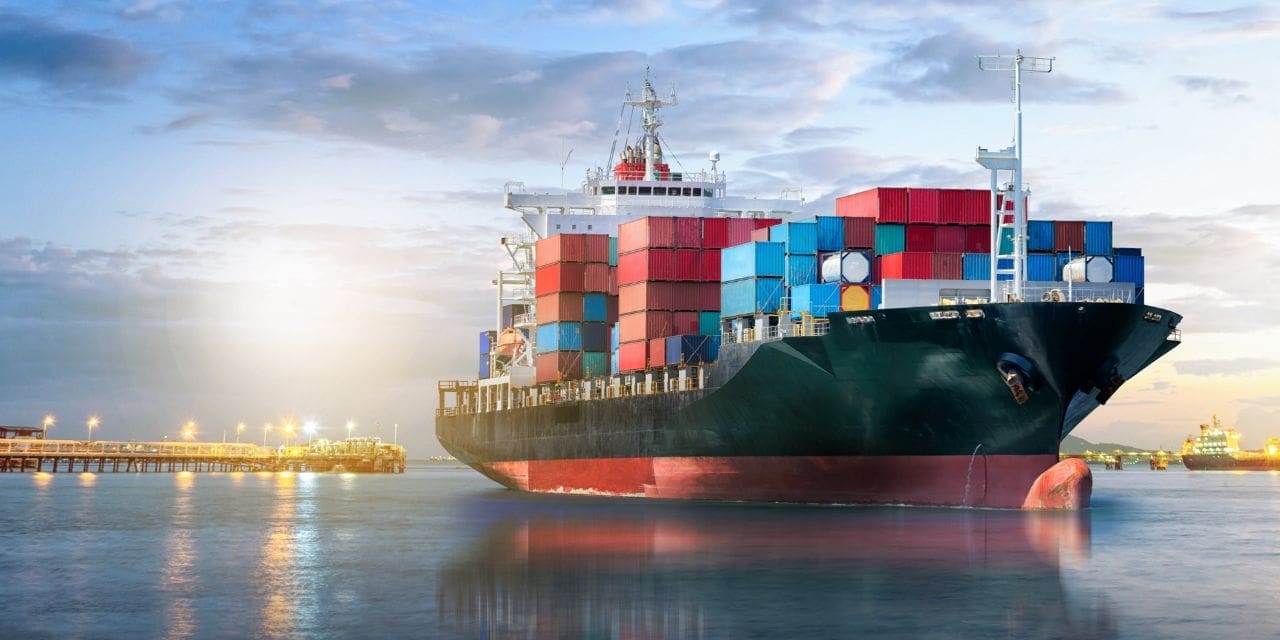A four-pronged plan has been proposed by international consulting company EY to strengthen India’s logistics industry: use cutting-edge technology and investigate novel business models; hasten infrastructure development; concentrate on sustainable logistics; and draw in investment and investor interest.
Road transportation accounts for 66% of cargo movement in India (measured in tons-kilometers).
Rail (31%) is followed by shipping (3%) and air (1%), respectively. Inequality in goods transportation by mode is still a problem in the sector, but it is being addressed.
The country’s ports, shipping, and logistics sector has challenges in the regulatory, business, digital, and infrastructural sectors. In a piece on the business’s website, Neville M. Dumasia, national leader, advanced manufacturing, mobility, and infrastructure, website.
Although technology-enabled solutions like blockchain, big data, cloud computing, and digital twins are still not widely used in India, the government has introduced a number of digital programmes like ICEGATE and E-Logs that have slashed waste, increased transparency, and sped up the movement of goods, according to the article.
To create new infrastructure, the government has initiated a number of schemes like GatiShakti, Bharatmala, and Sagarmala. It added that steps are also being done to draw in private funding and put administrative reforms into place to make infrastructure investment planning and execution more efficient.
The sector is taking steps to comply to industry-leading benchmarks like the energy efficiency existing ship index, carbon intensity rating, and emissions trading in terms of sustainability, and it is aligning with domestic and international rules on sustainable practises. system.
Nearly 850 government-run projects were delayed up to December of last year due to a lack of time-bound land acquisition, as well as other land acquisition procedures and clearances. Another significant barrier is the absence of a defined policy for the skill development of workers in the logistics sector.
According to the EY article, good collaboration between the federal government and state governments is necessary for the National Logistics Policy’s effective execution.
Due to the involvement of numerous parties and middlemen, there are numerous cargo exchanges, which increases costs and decreases efficiency. Due to financial constraints, unorganised players in logistics favour labour over technology. Different commodities for export and import lead to a general mismatch in the types of containers utilised.
Lack of a database to track the movement of products makes it challenging

